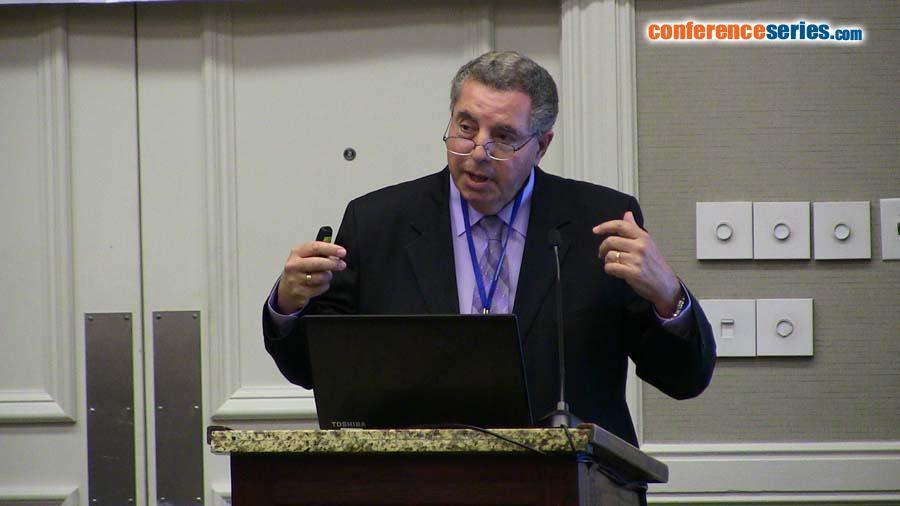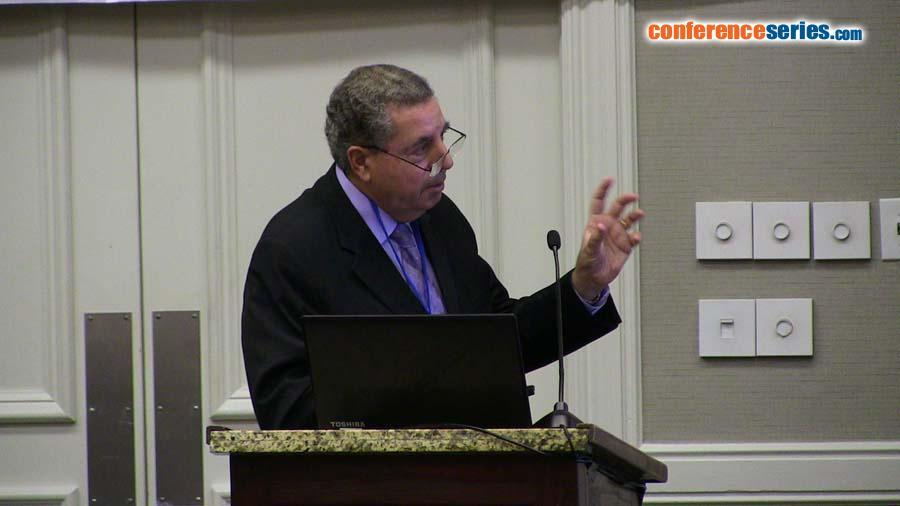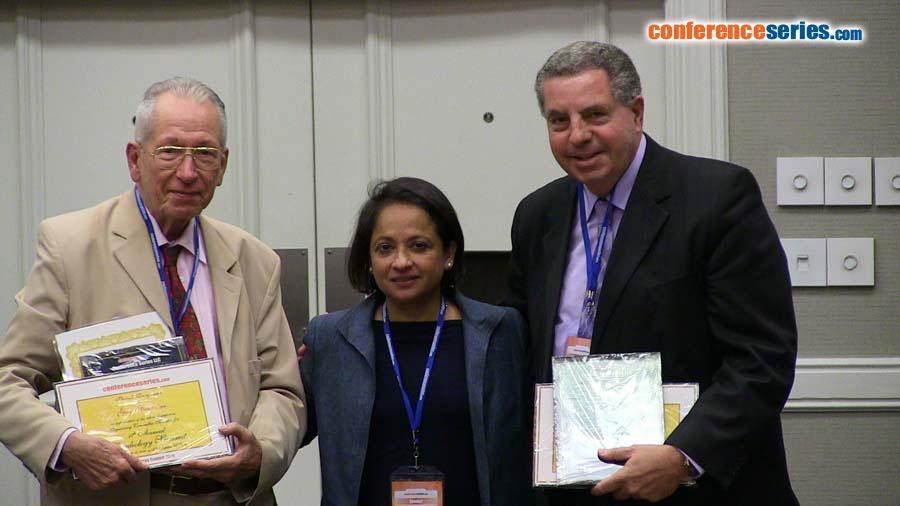
Charles Antzelevitch
Lankenau Institute for Medical Research
Title: J wave syndromes as a cause of sudden cardiac death. From bench to bedside
Biography
Biography: Charles Antzelevitch
Abstract
A prominent J wave is encountered in a number of life-threatening cardiac arrhythmia syndromes, including the Brugada (BrS) and early repolarization (ERS) syndromes. BrS and ERS differ with respect to the magnitude and lead location of abnormal J waves in the ECG and are thought to represent a continuous spectrum of phenotypic expression termed J wave syndromes. Both are associated with vulnerability to polymorphic ventricular tachycardia (VT) and ventricular fibrillation (VF) leading to sudden cardiac death (SCD) in young adults. J wave syndromes are characterized by J-point and ST-elevation in distinct ECG-leads. The region most affected by BrS is the anterior right ventricular outflow tract, accounting for why J-point and ST-segment elevation are generally limited to the right precordial leads. The region most affected in ERS is the inferior wall of the left ventricle, accounting for why the appearance of J waves or early repolarization in the inferior ECG leads is associated with the highest risk for development of arrhythmias and SCD. Despite two decades of intensive research, risk stratification and the approach to therapy of these two inherited cardiac arrhythmia syndromes are still undergoing rapid evolution. Considerable controversy exists as to risk stratification, approach to therapy as well as mechanisms underlying these two syndromes. My objective in this presentation is to provide an integrated review of the clinical characteristics, risk stratifiers, as well as the molecular, ionic, cellular and genetic mechanisms underlying these two interesting syndromes, which have captured the interest and attention of the cardiology community worldwide in recent years.




